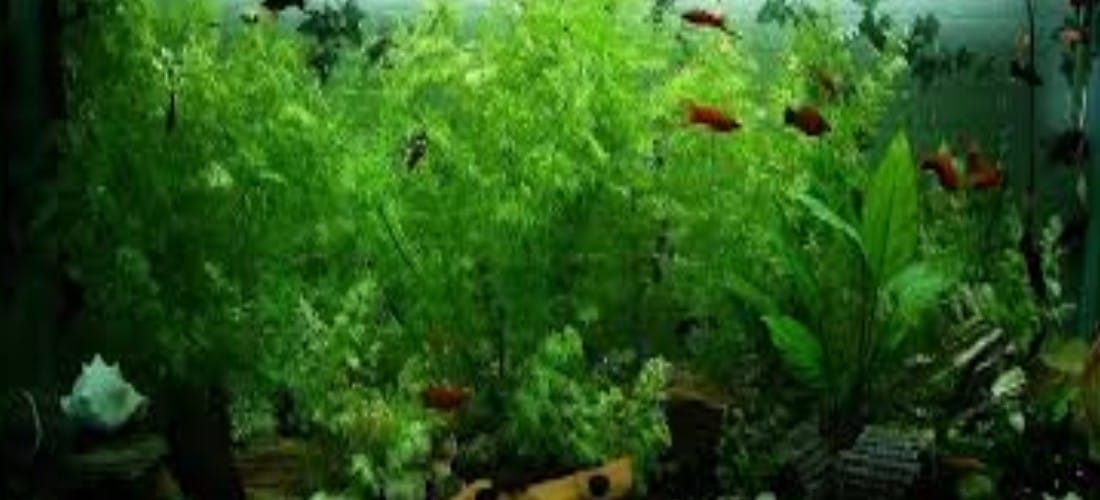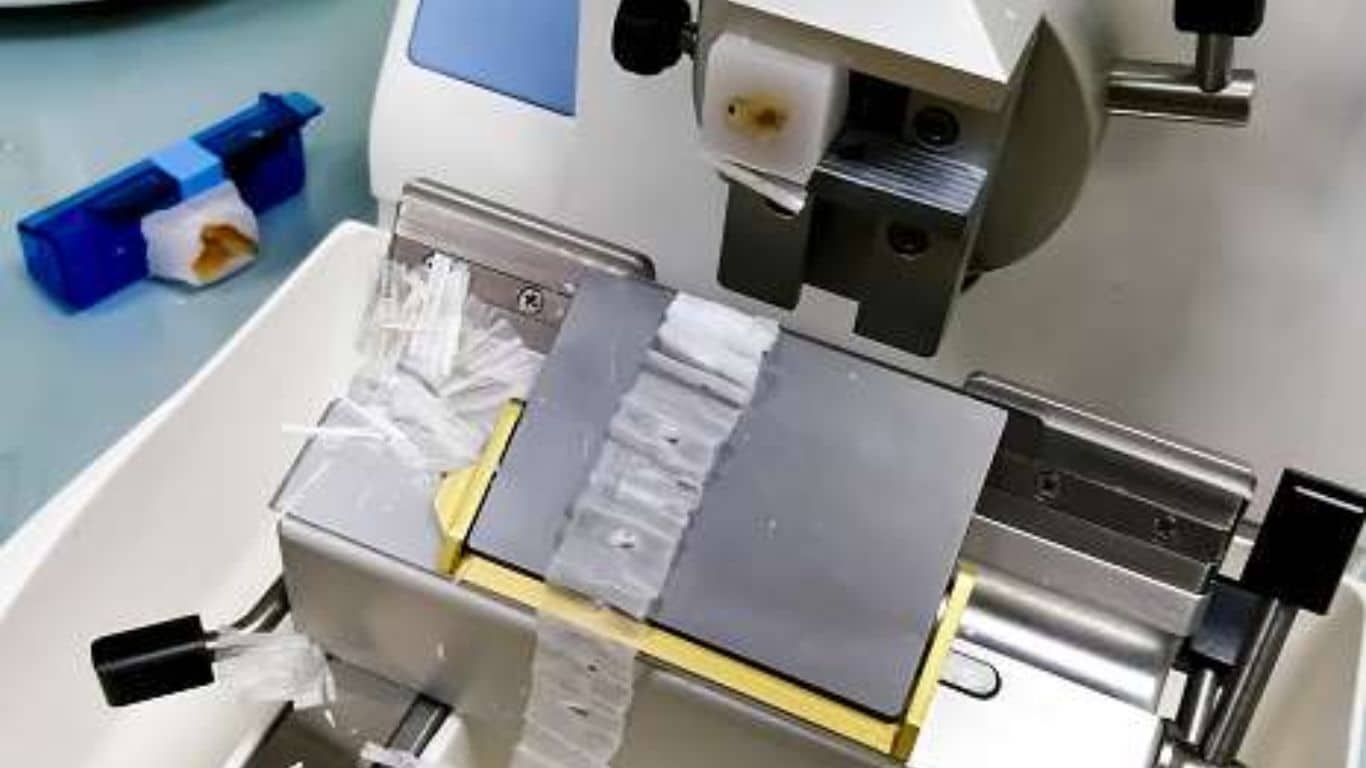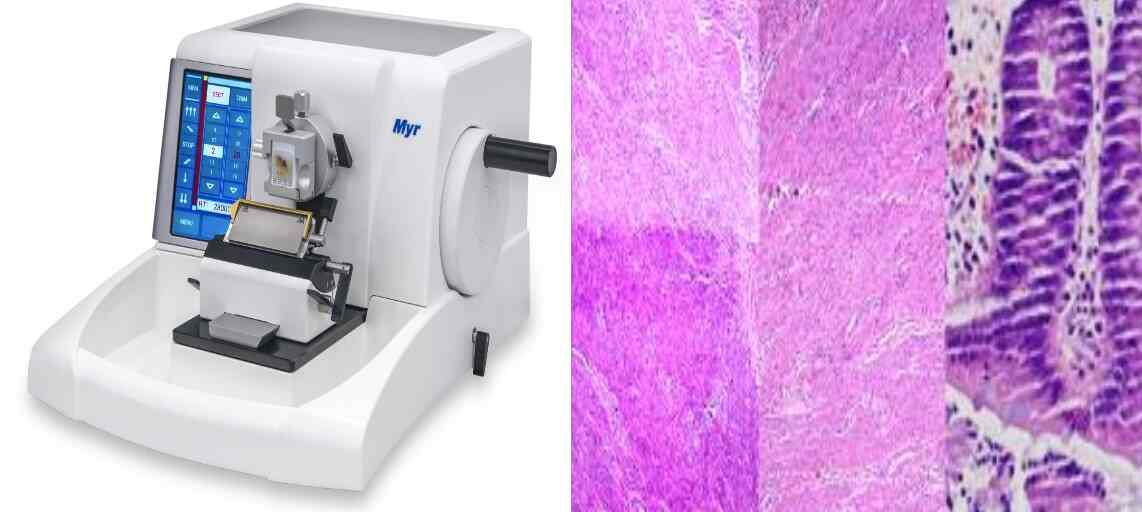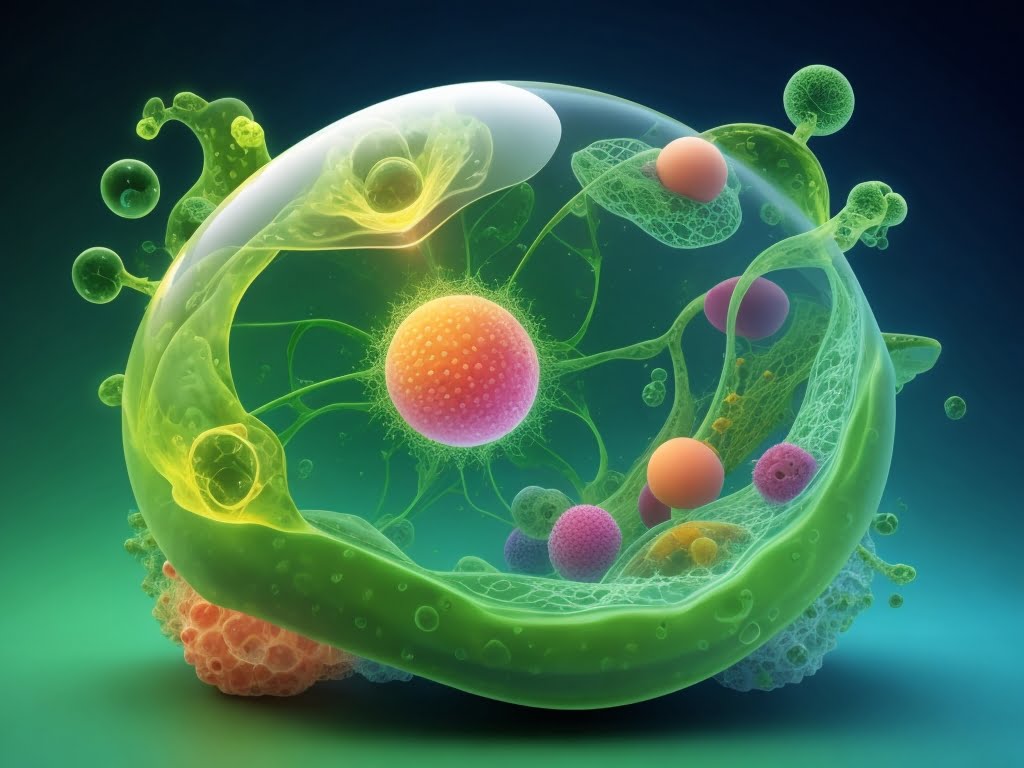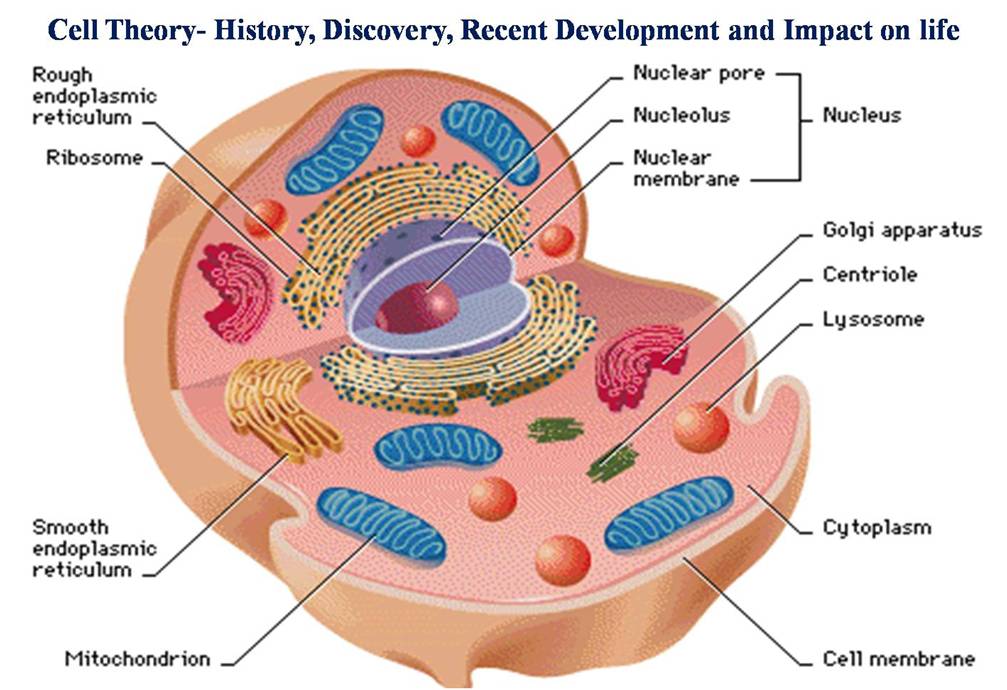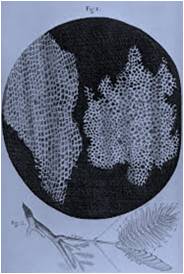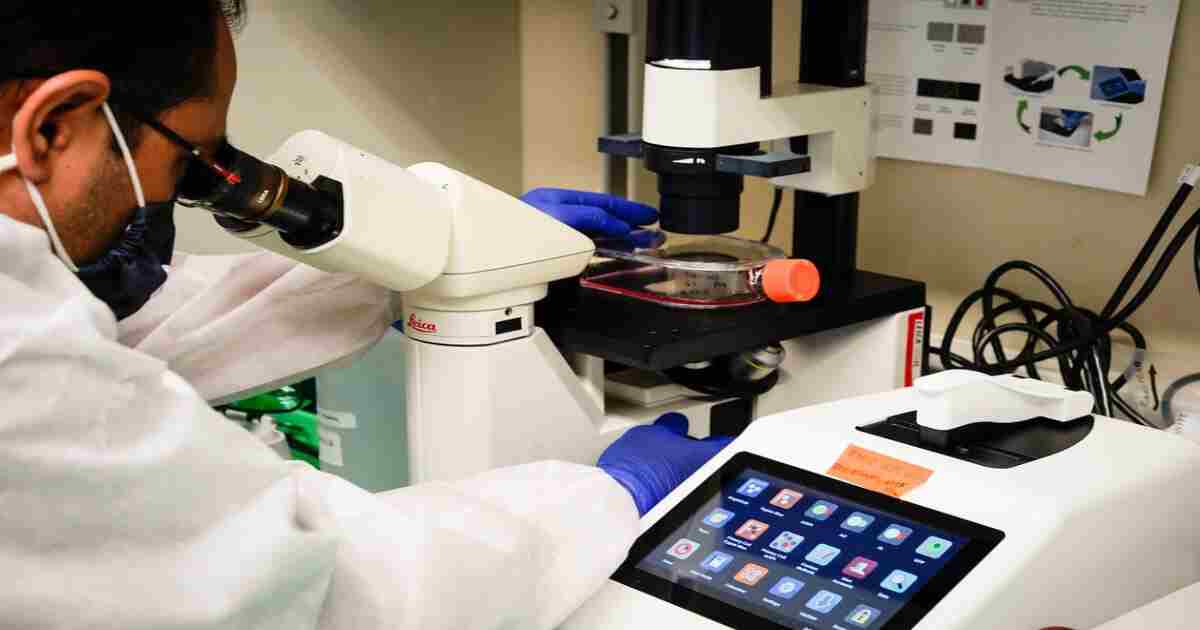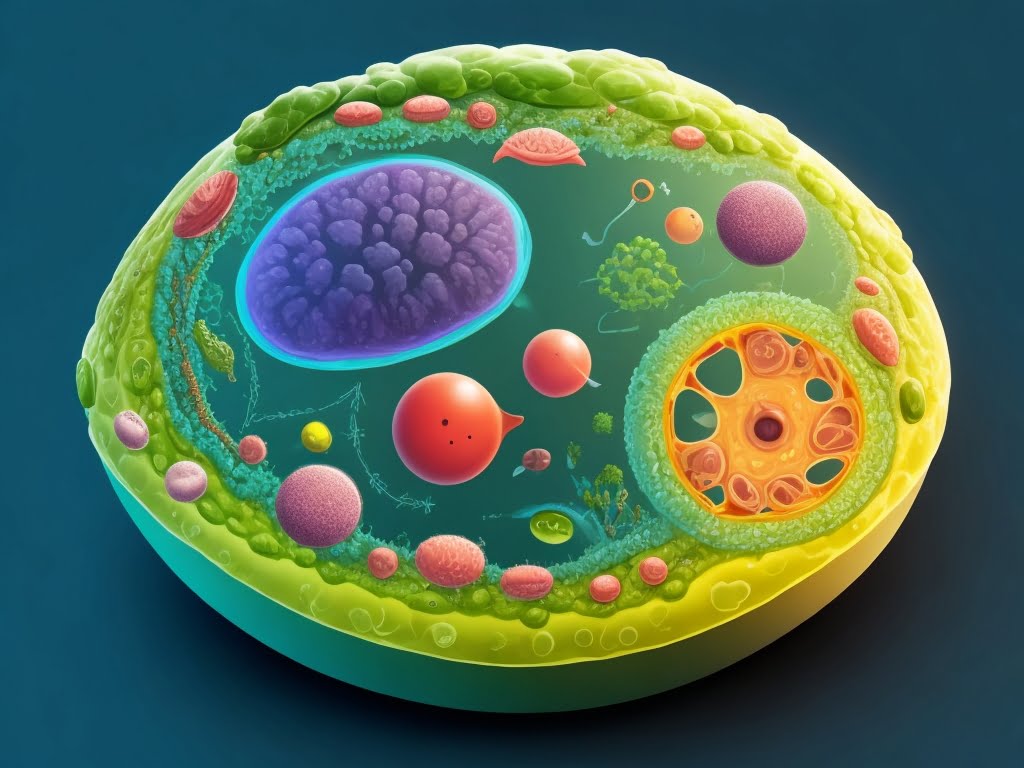Cell Theory: It is a fundamental unifying theory in biology that states that all living organisms are composed of cells, that cells are the basic unit of structure and function in living organisms, and that all cells come from pre-existing cells. The structural unit called cell, is now known as the unit of life and the concept that the cell is basic unit of life is known as the cell theory.
History of Cell Theory:
All living organisms consisting a certain structural and functional units. Such type of concept was primarally put forward by Aristotle (384-322 B.C.). later, that the term “cell” was used by British scientist Robert Hooke, in 1665, and he was observed the cells for the first time under microscope. Later, Grew and Malpighi was observed the plant cells in the form of cavities with cellulose walls. In 1674, Antonie-van-Leeuwenhoek also discovered free cells and observed some organization within these cells.
A key idea in biology, the cell theory was created in the middle of the 19th century. The work of numerous scientists, such as Rudolf Virchow, Theodor Schwann, and Matthias Schleiden, Frenchman. H.J. Dutrochet gave the idea of the cell theory, the credit for formulating the cell theory is normally given to a German botanist, M. I. Schleiden and a German zoologist, T. Schwann who clearly outlined the basic features of the theory in 1839. However, Schleiden and Schwann only took the old ideas and presented them in the form of a concrete theory. It is suggested, therefore, that the cell theory of Schleiden and Schwann was more an act of synthesis rather than of a discovery. Robert Hooke as the first person to discover cells, in 1665, and Anton van Leeuwenhoek as the first person to observe human cells and bacteria.
In 1858, R. Virchow expanded on the cell theory and proposed that it should include the idea that all live cells originate from previously existing living cells. This was significant since, up until that point, it was thought that life had developed on its own. Eventually, Louis Pasteur provided experimental proof in France to back up Virchow’s expansion of the cell hypothesis. Thus, it is clear that the cell theory has two basic tenets: (i) that all cells originate from pre-existing cells and (ii) that living things are made of cells. Now a days cell theory has three main postulates:
- All living things are made up of one or more cells: According to the cell theory, one or more cells make up every living thing, including the tiniest microbes and large multicellular animals. The basic structural and functional components of life are cells.
- The cell is the basic structural and functional unit of all living organisms: In addition to serving as an organism’s structural component, cells also serve as its functional components. The functions of every cell include growth, reproduction, metabolism, and other life-sustaining functions. In multicellular animals, cells can be highly specialized to carry out particular tasks.
- All cells come from pre-existing cells: The cell theory states that cell division is the process by which new cells are created. The previous theory of spontaneous generation—which postulated that life may emerge from non-living matter—is called into question by this concept. Instead, through procedures like meiosis and mitosis, cells divide from pre-existing cells.
Many subcellular structures have been found and thoroughly examined in recent years. As a result, it could seem that a cell is no longer the fundamental building block of life, as life can also exist without them. However, it should be acknowledged that the discovery of smaller particles like protons, neutrons, and electrons did not lessen the significance of the atomic hypothesis in physics and chemistry. Similar to this, cell theory is still a highly helpful idea even if the specifics of the cell’s ultrastructure are now known, demonstrating how intricate it is.
Discovery of Cells
An important turning point in the history of biology was the discovery of cells. It signaled the start of our comprehension of the basic components of life. Anton van Leeuwenhoek and Robert Hooke were instrumental in this finding.
One of the pioneers of microscopy, British scientist Robert Hooke, saw a thin slice of cork under his microscope in 1665. What he observed was a network of tiny, box-shaped buildings that resembled the “cells,” or tiny apartments, that served as monks’ living quarters. He called these formations “cells,” but they were really the cell walls of dead plant cells. They looked like boxes. The word “cell” was never used to characterize these minuscule units prior to this discovery.
Dutch scientist Anton van Leeuwenhoek made a substantial contribution to the advancement of cell science. His own microscopes, which he invented and made, were more potent than those that were readily accessible. With the use of his enhanced microscopes, Leeuwenhoek was able to see living single-celled organisms for the first time, referring to them as “animalcules” (now known to be bacteria) and human cells, such as sperm and blood cells. His findings paved the way for our current understanding of multicellular creatures’ intricate cell structures as well as microbes.
One of the main tenets of contemporary biology, cell theory, was developed as a result of the discoveries made by Hooke and Leeuwenhoek. For millennia, biological research has been led by this hypothesis, which holds that all living beings are made of cells, that cells are the fundamental building block of life, and that all cells originate from pre-existing cells. These early scientists’ contributions revolutionized our comprehension of nature and established the foundation for numerous later biological discoveries.
Recent development of cell theory
The cell theory has been developed and refined over the years by many scientists and experiments. Some of the recent developments of the cell theory are:
DNA replication: The discovery of the structure and function of DNA in the 1950s revealed how cells pass on their genetic information to their daughter cells during cell division. This process ensures the continuity and diversity of life.
Cell differentiation: The study of how cells become specialized for different functions in multicellular organisms. This process involves the expression of specific genes and the interaction of cells with their environment.
Cell signaling: The investigation of how cells communicate with each other and respond to external stimuli. This process involves the use of molecules, such as hormones and neurotransmitters, that bind to receptors on the cell membrane or inside the cell and trigger a response.
Cell death: The understanding of how cells die in a controlled or uncontrolled manner. This process can be beneficial, such as in the removal of damaged or unwanted cells, or harmful, such as in the case of diseases or injuries.
Stem cells: The identification and manipulation of cells that have the potential to differentiate into various cell types. These cells can be used for research, therapy, and regeneration of tissues and organs.
Impact of Cell Theory on Life
The cell theory has had a profound impact on our understanding of life. It has helped us to understand how living things are organized, how they function, and how they reproduce. The cell theory is also essential for understanding many diseases, such as cancer.
How the cell theory is applied in biology and medicine:
- In biology, the cell theory is used to explain how organisms develop from a single cell to complex multicellular organisms. It is also used to explain how cells work together to carry out the functions of living organisms, such as metabolism, reproduction, and growth.
- In medicine, the cell theory is used to understand how diseases develop and to develop new treatments for diseases. For example, the cell theory is used to understand how cancer cells develop and to develop new drugs that target cancer cells.
The cell theory is one of the most important theories in biology. It has helped us to understand the fundamental nature of life and has led to many advances in biology and medicine.


